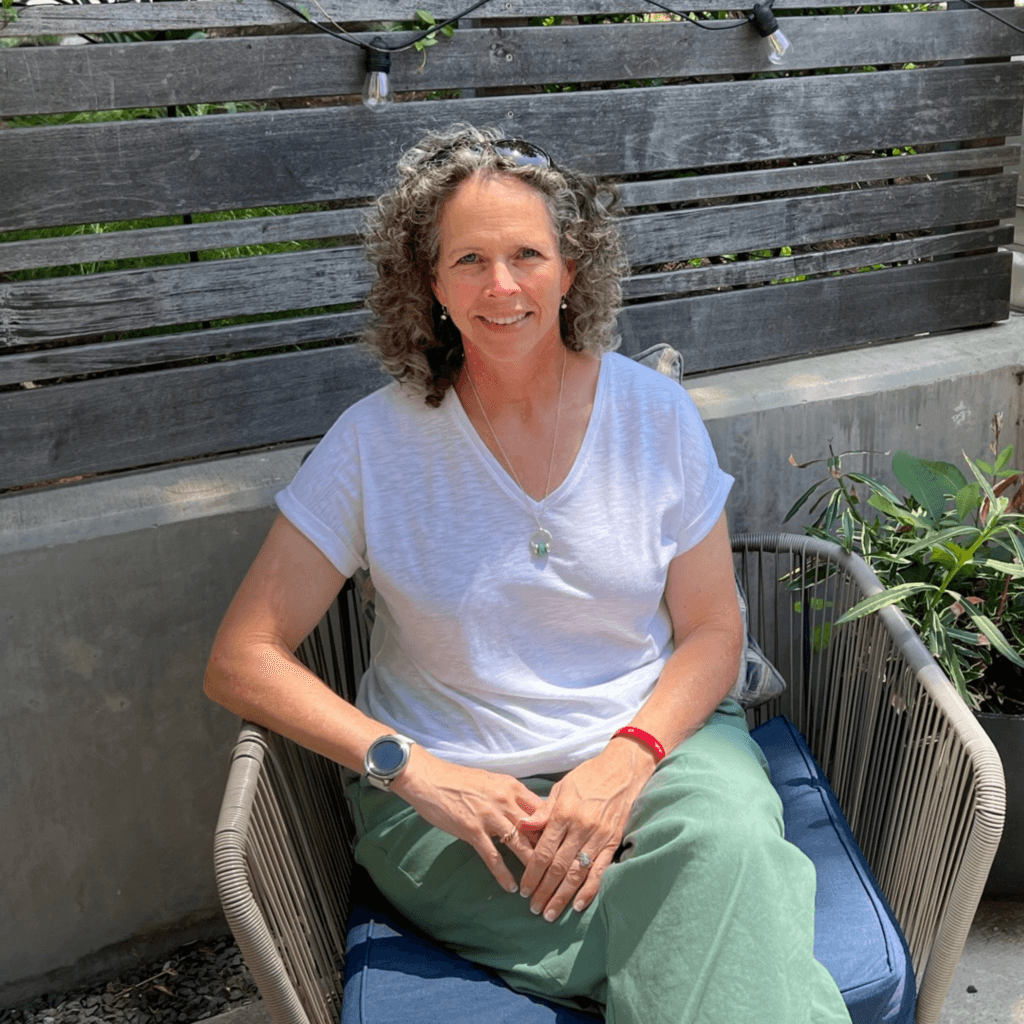Deciding on a seating arrangement for high school students can be challenging. The goal is to create an environment conducive to learning and promotes positive student interaction. Health Science teachers have unique challenges in settling on a seating arrangement. We have to include safety, visibility of demonstrations, and others. Here are 5 steps to help you make a decision:
Understanding your objectives
Consider what you hope to achieve with the seating arrangement. Are you looking to encourage collaboration, minimize distractions, or facilitate teacher-student interaction? Identifying your goals will guide your decision-making process. My goal is to physically reach each student, minimize distractions and have students divided into lab groups.
Classroom layout
Assess the physical space of your classroom. Take note of potential obstructions, such as windows, doors, or whiteboards. Ensure students’ seating positions allow for clear visibility and easy movement within the classroom. My goal is to have all the students facing the SmartBoard while being able to open base cabinets and write on the side chalkboard. Yes, I have a chalkboard, and I love it.
Group work and collaboration
Consider arranging desks in clusters or groups if collaboration is a priority. This setup encourages students to collaborate, share ideas, and engage in group discussions. Warning: grouping desks will lead to talking and sharing work, including test answers. If using group seating, make sure you have a process for getting students’ attention and quieting the class. My goal is to allow my Health Science Theory students to work in groups necessitated by the lab-based curriculum program utilized for most of the course. The grouping allows the use of plastic towers to store materials and textbooks. Each group, tower, and material are assigned a color for organizational purposes.
Involve your students
Consider seeking input from your students. They may have preferences or insights that can contribute to the decision-making process. Empowering them with a sense of ownership can enhance their cooperation in seating arrangements. Your students may have 3-6 other classes a day, meaning 3-6 potential other seating arrangements. We get trapped in our classroom. Ask your students about other seating arrangements that they feel are beneficial in other classes. My goal is to let the students in on the decision-making process and consider new ideas.
Remember, there is no one-size-fits-all approach to seating arrangements. Every health science classroom and a group of students is unique. Continuously observe and assess the dynamics of your class to make adjustments as needed. If the seating arrangement is not working for you or the classroom, change it. Seating arrangements are not etched in stone. Keep trying different arrangements and classroom management strategies until you find the combination that works for you and your students.

